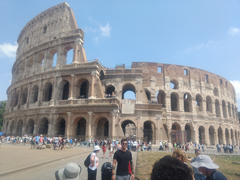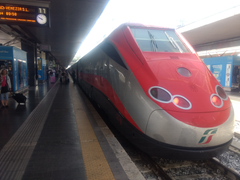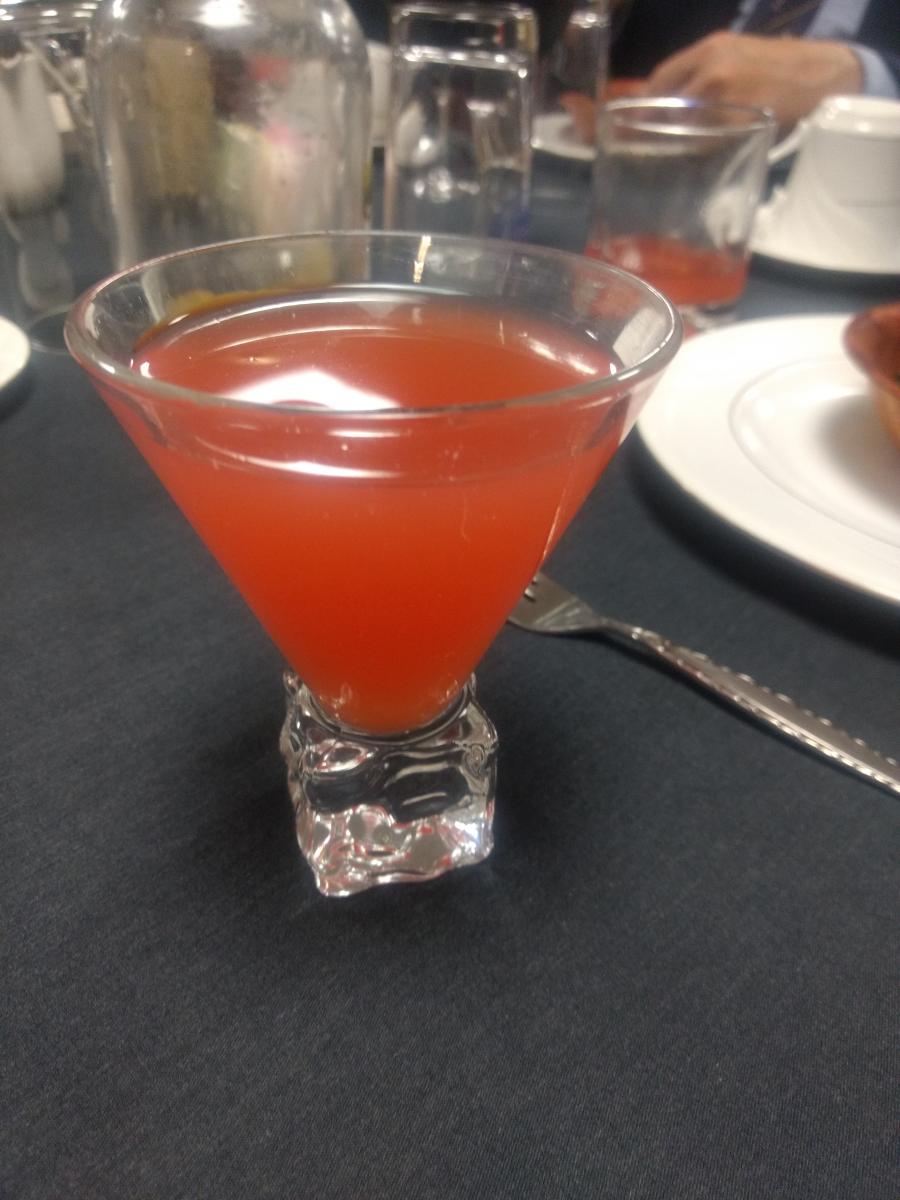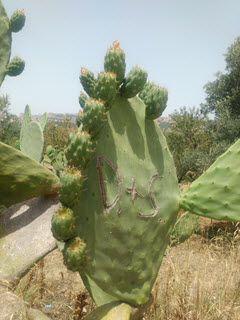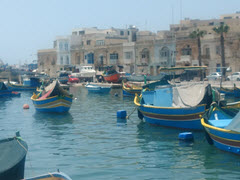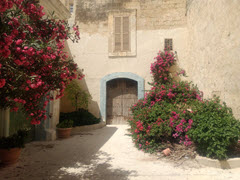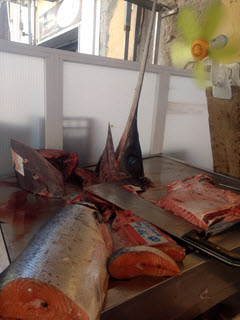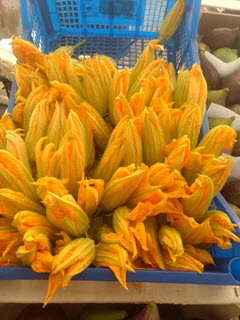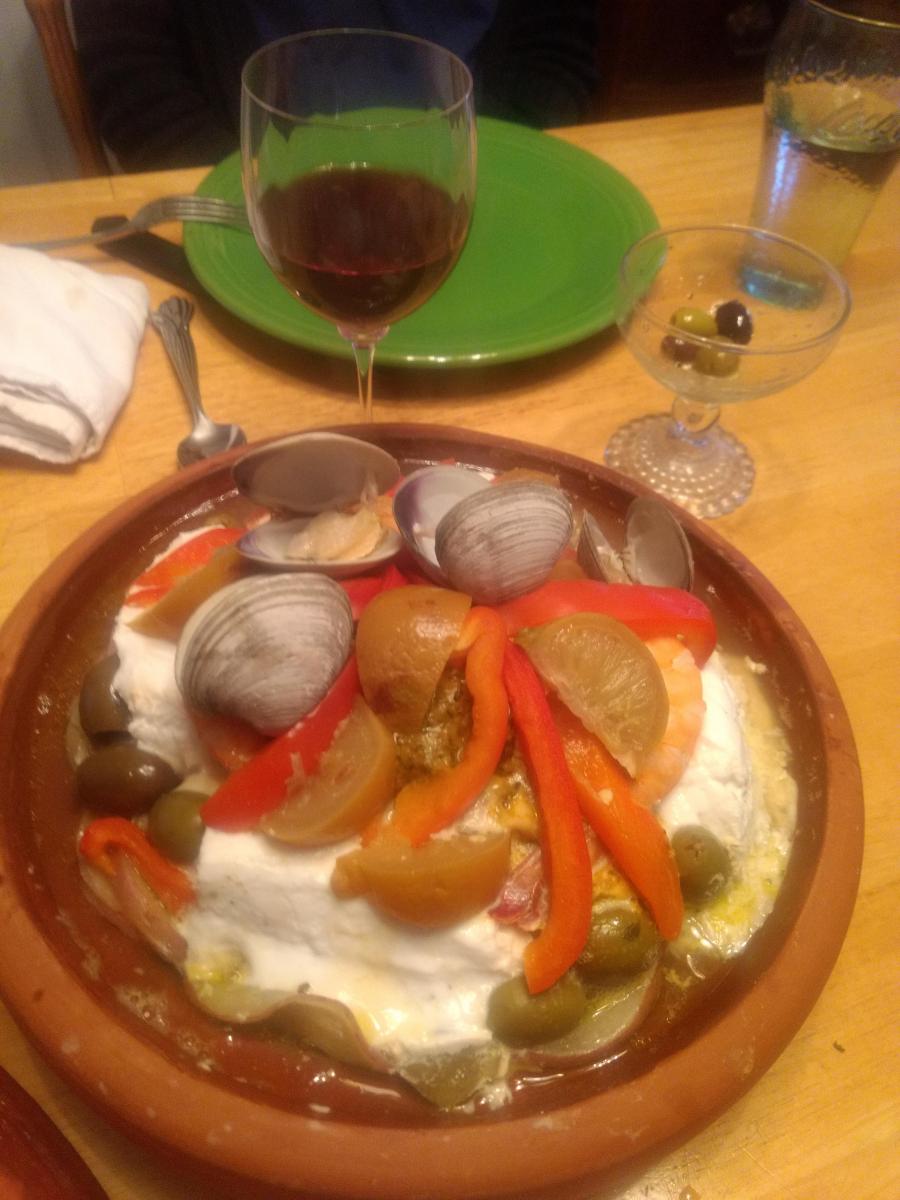
Our friends Owen and Brigitte were visiting from Germany. They'd been intrigued by my adventures in Moroccan cooking, and I had just added to my gear an authentic Moroccan terra cotta tagine schlepped all the way from Morocco by the mother of my friend Youssef! So that became the cornerstone of the dinner, but we wanted Brigitte to try some authentic New England treats as well, so we came up with this screwy menu:
- We opened with a Shlada 'arobiya - a traditional Moroccan salad of tomatoes, cucumbers, and fresh mint
- The main course was a Mqualli, an elaborate fish tagine made with halibut, vegetables, and preserved lemon. I added some clams just because.
- For an extra vegetable, I steamed up some fresh Fiddleheads because Brigitte had never tried them.
- Dessert was a Maple Cream Pie and espresso.
The Moroccan recipes came from the collection of excellent Moroccan recipes by Christine Benlafquih at The Spruce Eats. The links above go to the recipes as I prepared them for this dinner.

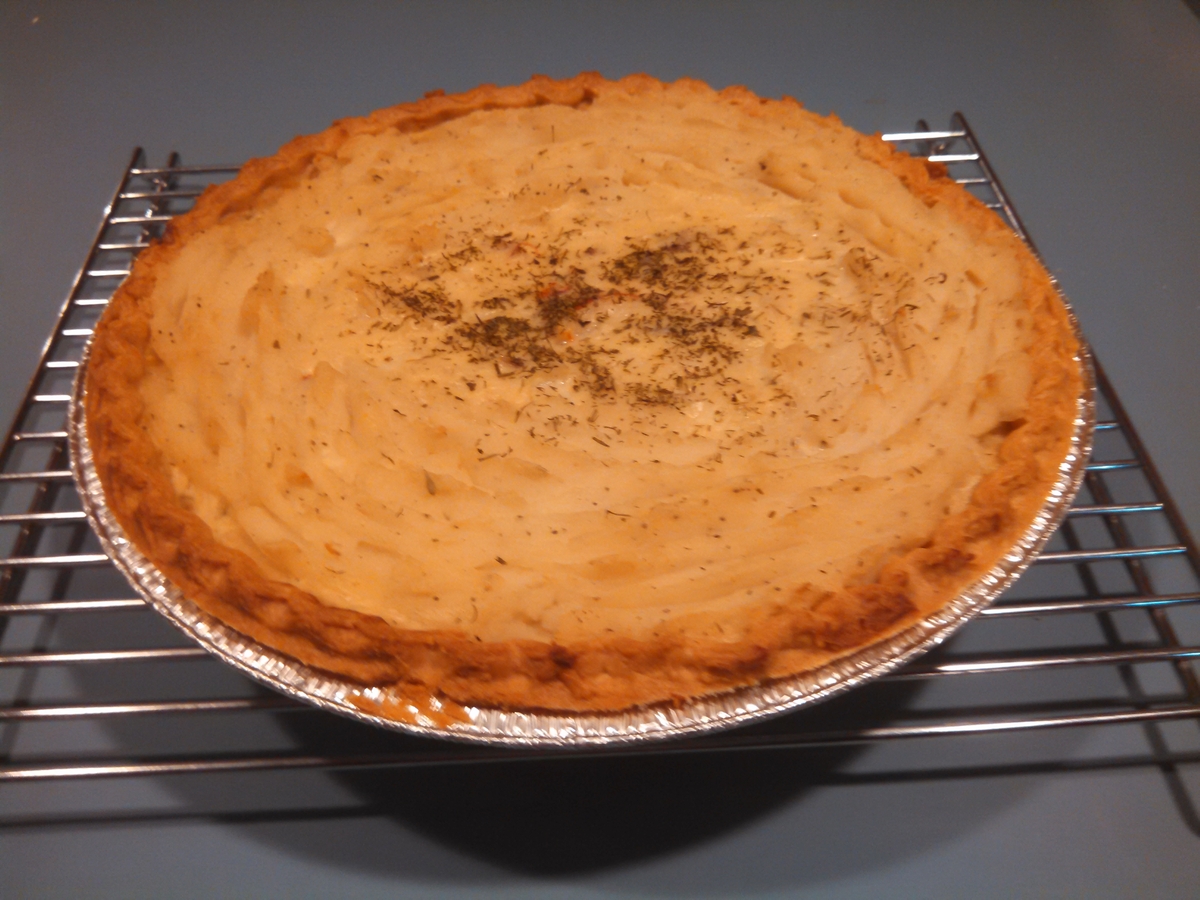
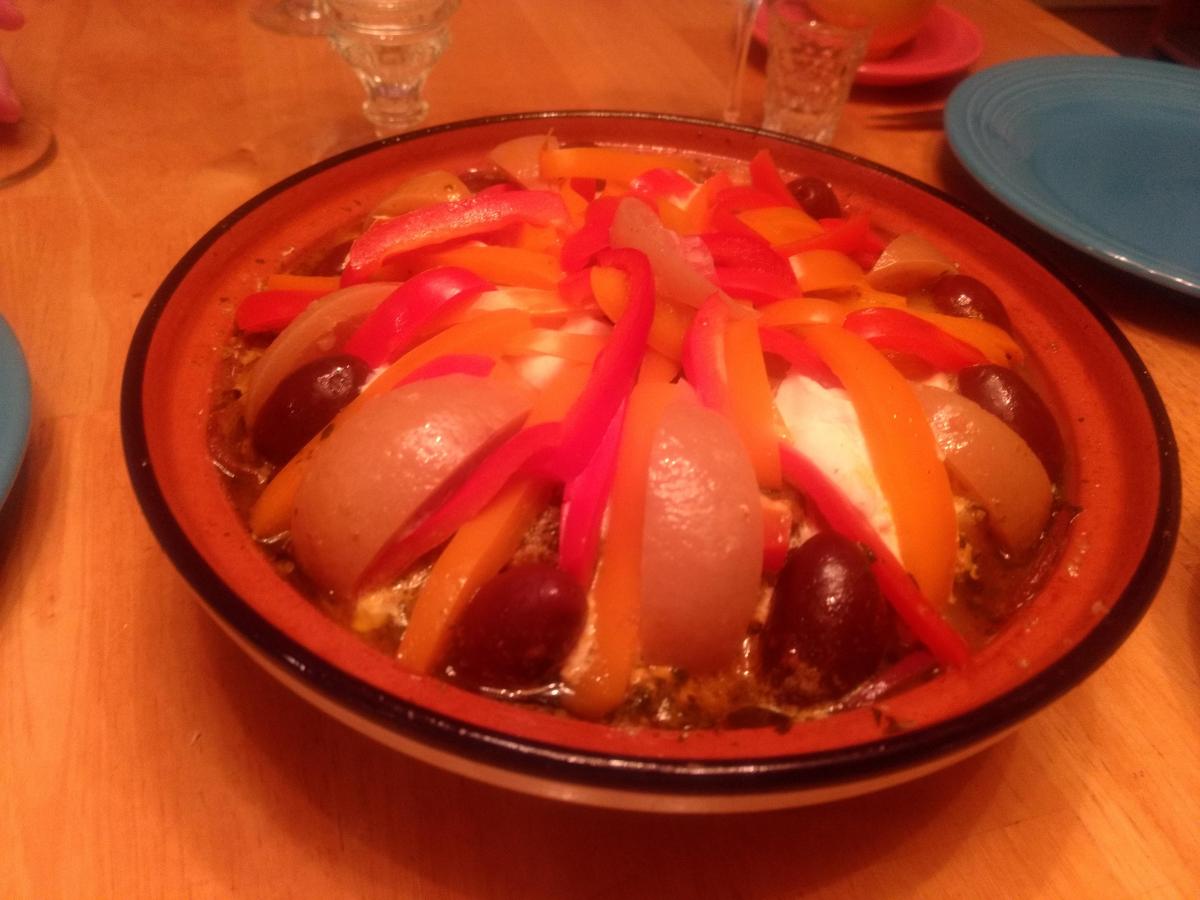
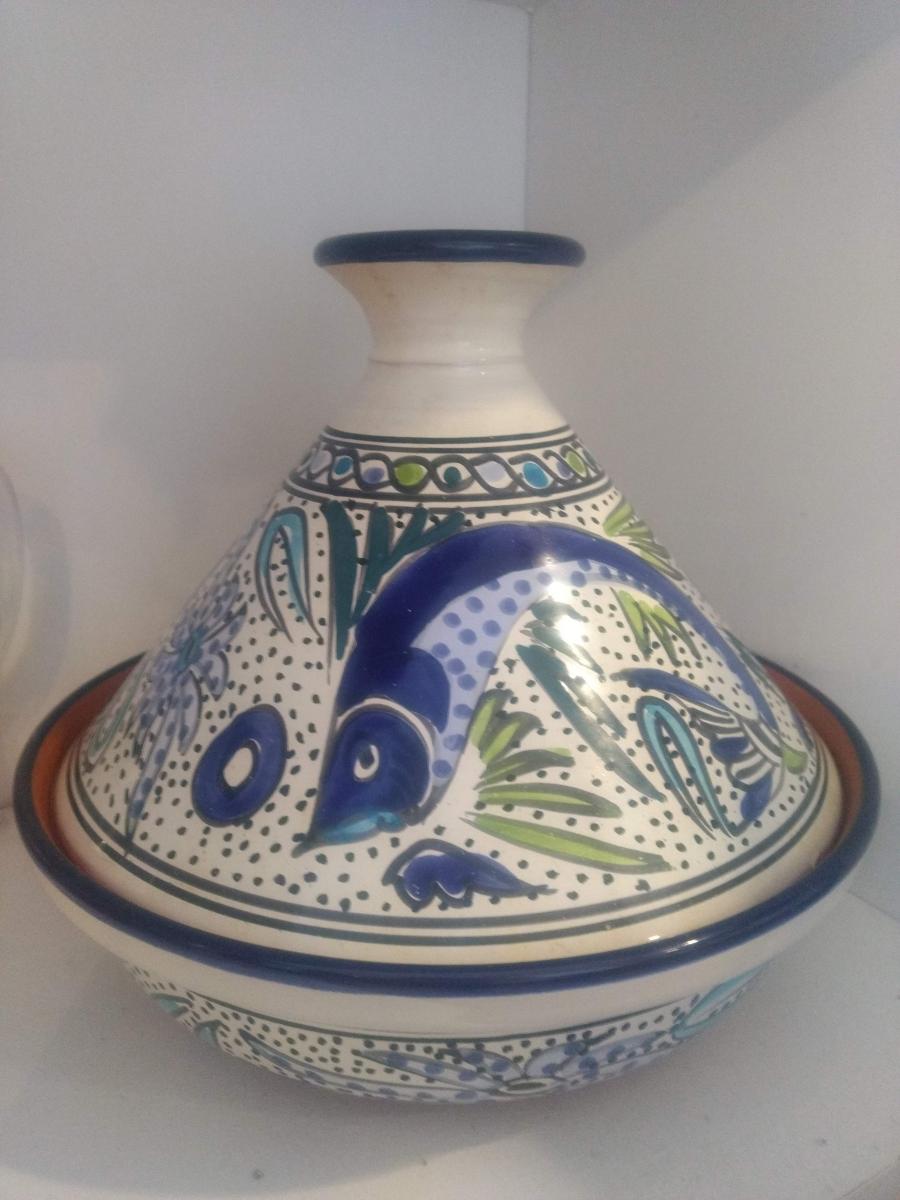
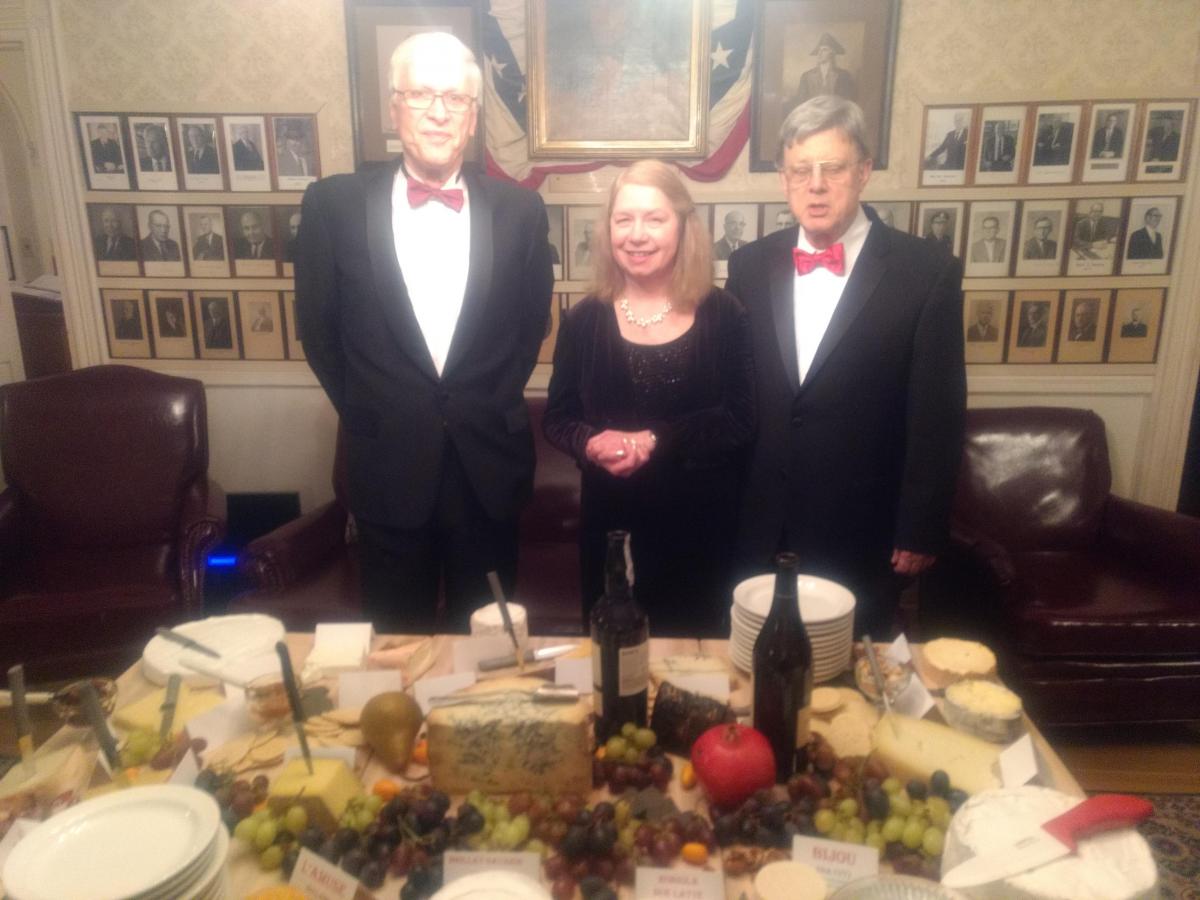
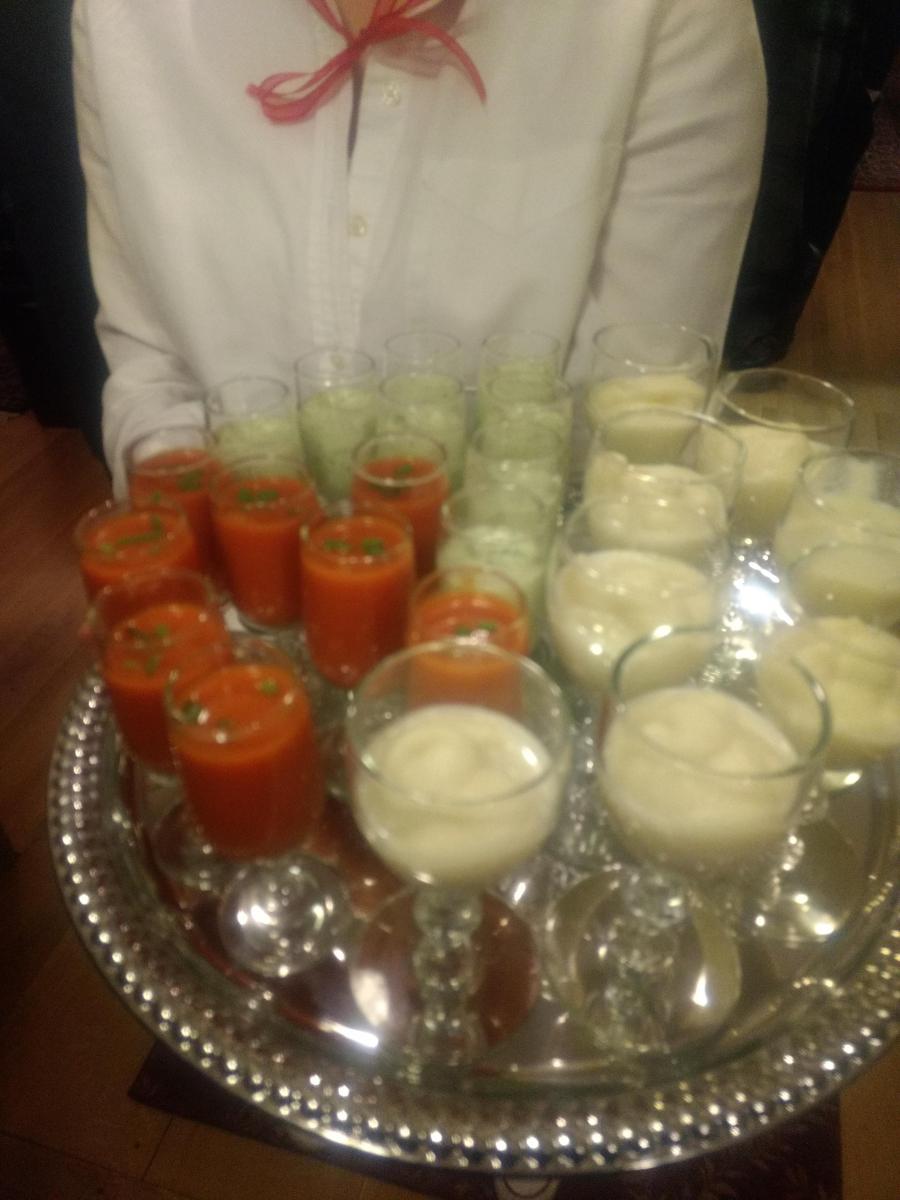
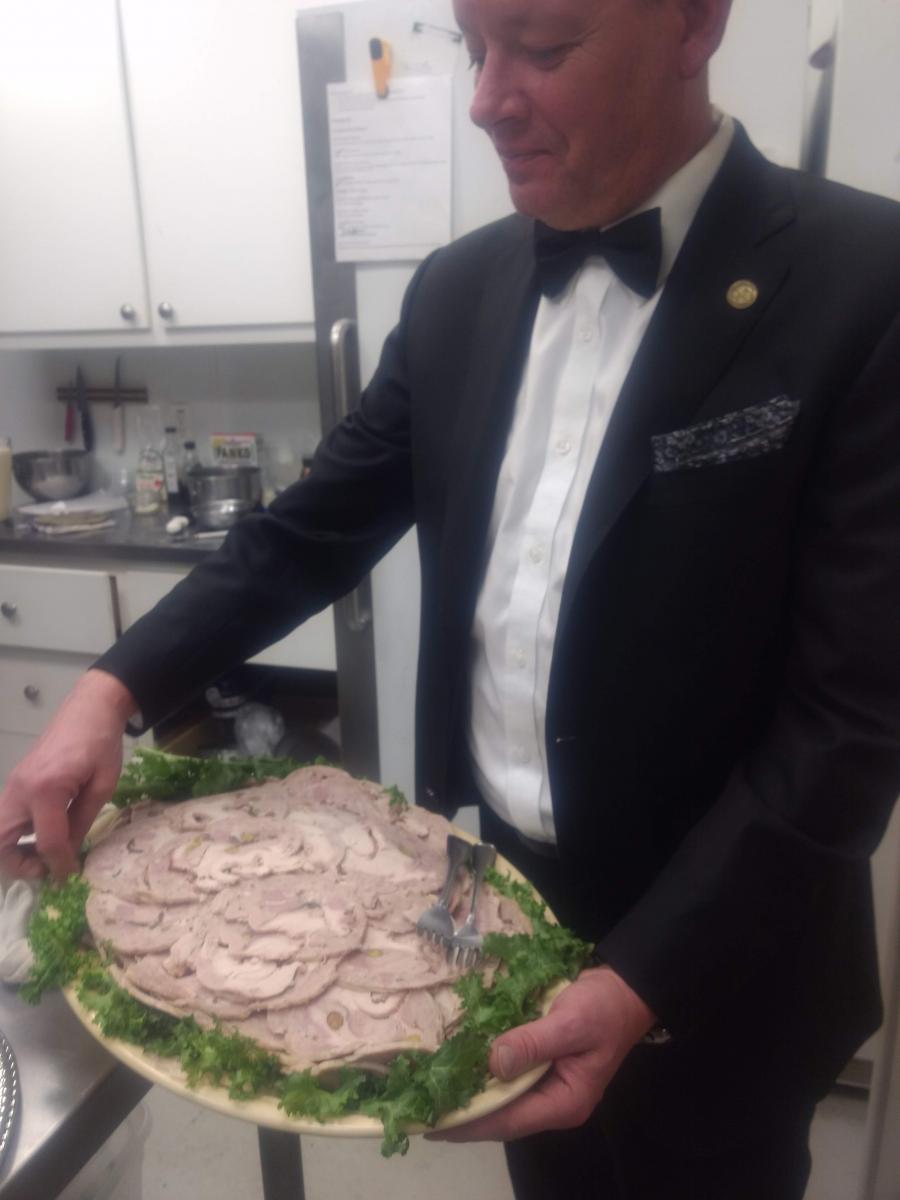
 This is the classic cassoulet recipe lightly adapted to the American kitchen from the master recipe published by the Grande Confrérie du Cassoulet de Castelnaudary.
This is the classic cassoulet recipe lightly adapted to the American kitchen from the master recipe published by the Grande Confrérie du Cassoulet de Castelnaudary. 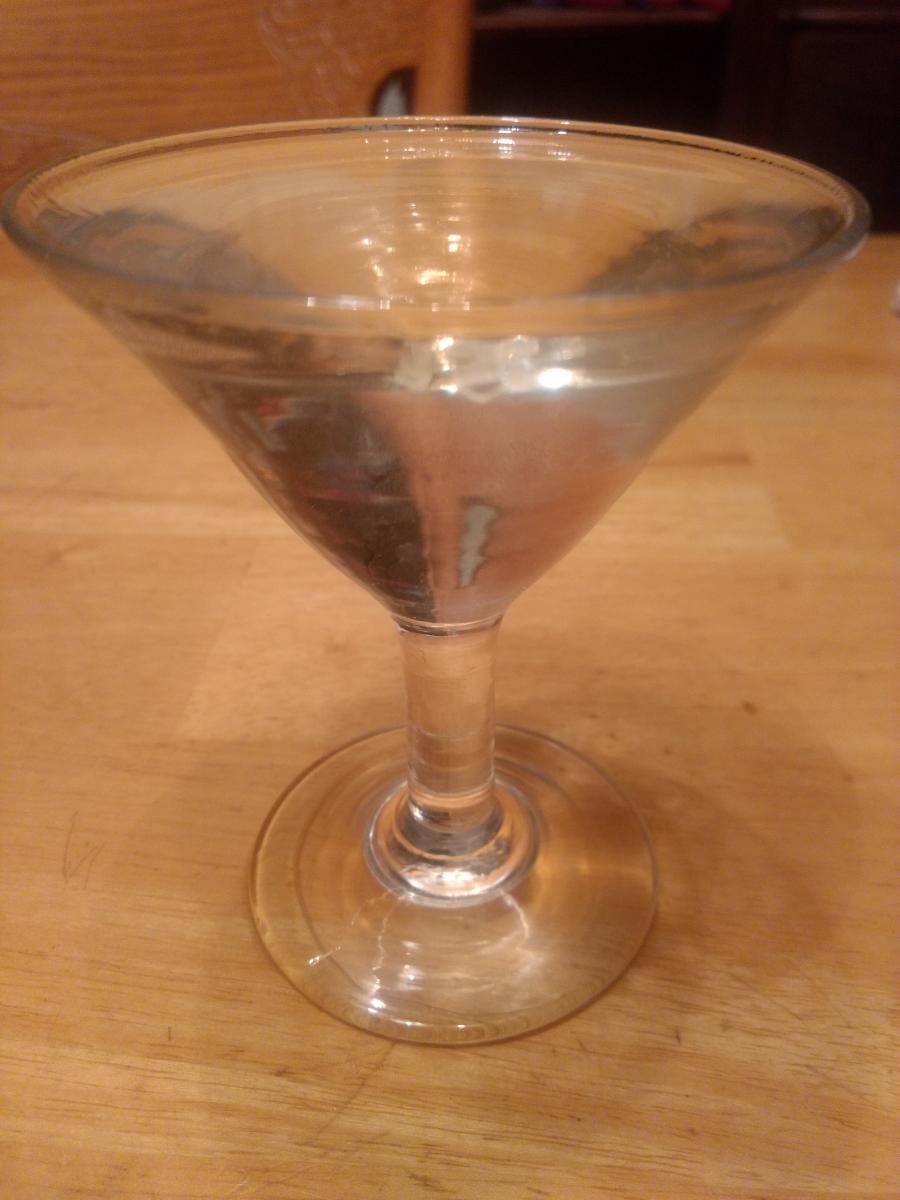 This is a simple variation on a classic Martini: add a couple of dashes each of Sweet Vermouth and Triple Sec.
This is a simple variation on a classic Martini: add a couple of dashes each of Sweet Vermouth and Triple Sec.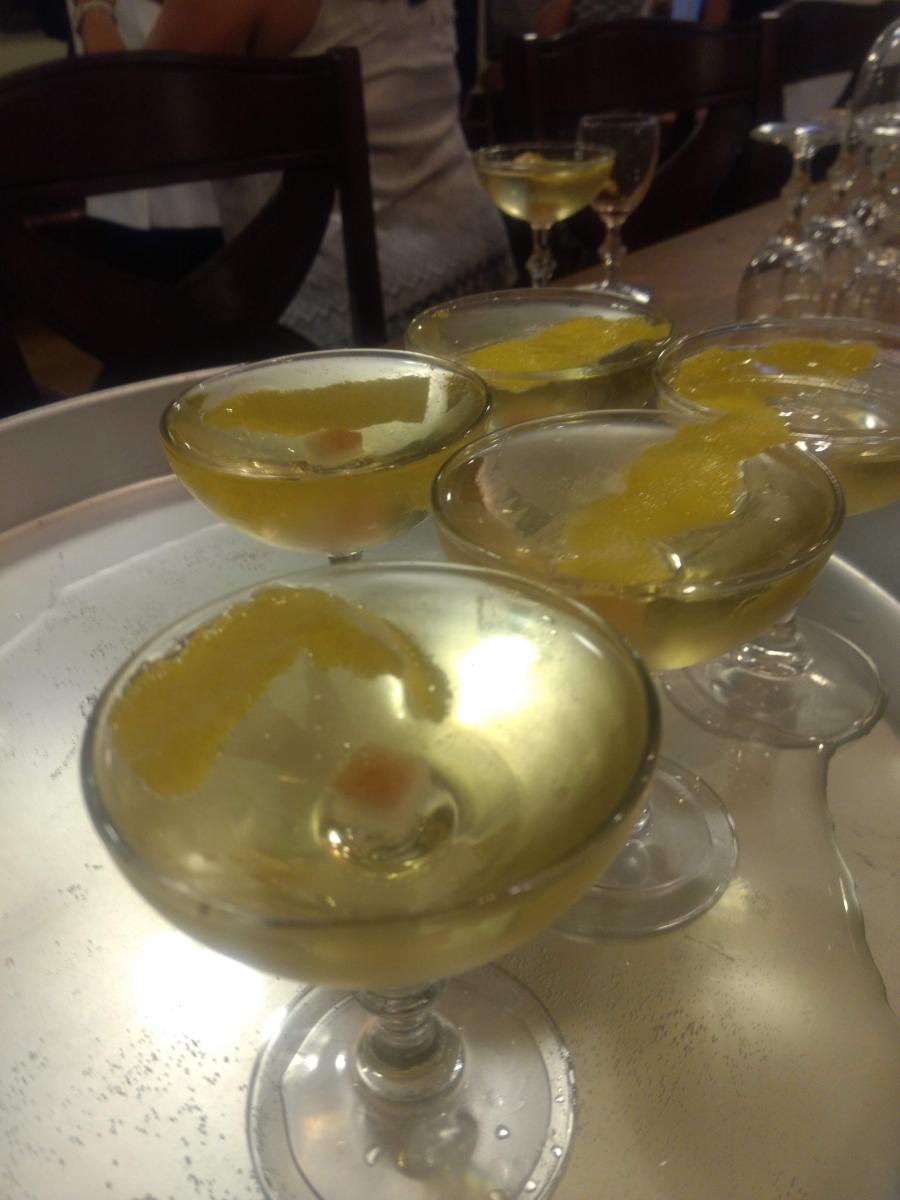 This is an easy way to turn your boring New Year's Eve toast into something more tasty, if you're working with cheap champagne. Just add a sugar cube baptized with 2 dashes of the bitters of your choice.
This is an easy way to turn your boring New Year's Eve toast into something more tasty, if you're working with cheap champagne. Just add a sugar cube baptized with 2 dashes of the bitters of your choice.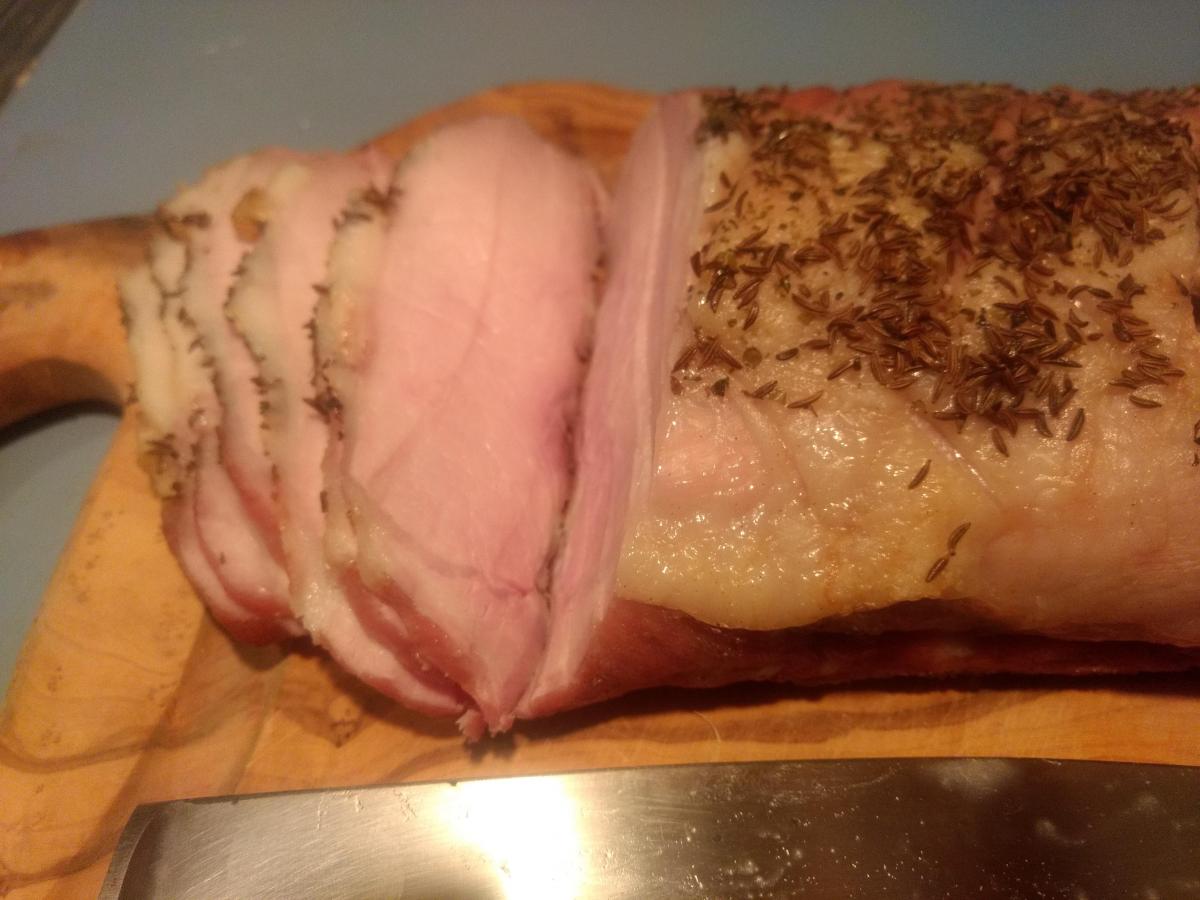 I had a great deal on pork loin, so naturally I bought more than I needed.
I had a great deal on pork loin, so naturally I bought more than I needed. 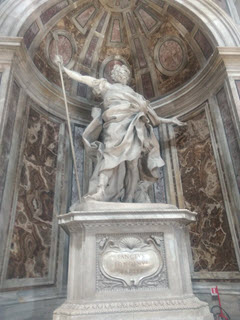
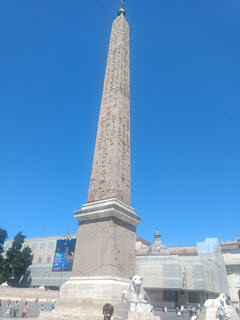
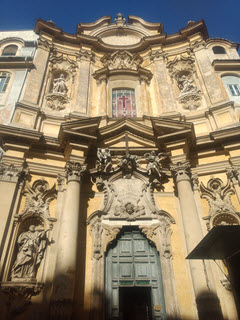
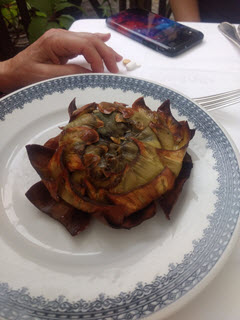 We had lunch at Piperno, a celebrated Jewish-Italian restaurant. Jewish-Italian food has developed for thousands of years, and Jewish food in Rome is nothing like Jewish food in New York City!
We had lunch at Piperno, a celebrated Jewish-Italian restaurant. Jewish-Italian food has developed for thousands of years, and Jewish food in Rome is nothing like Jewish food in New York City!